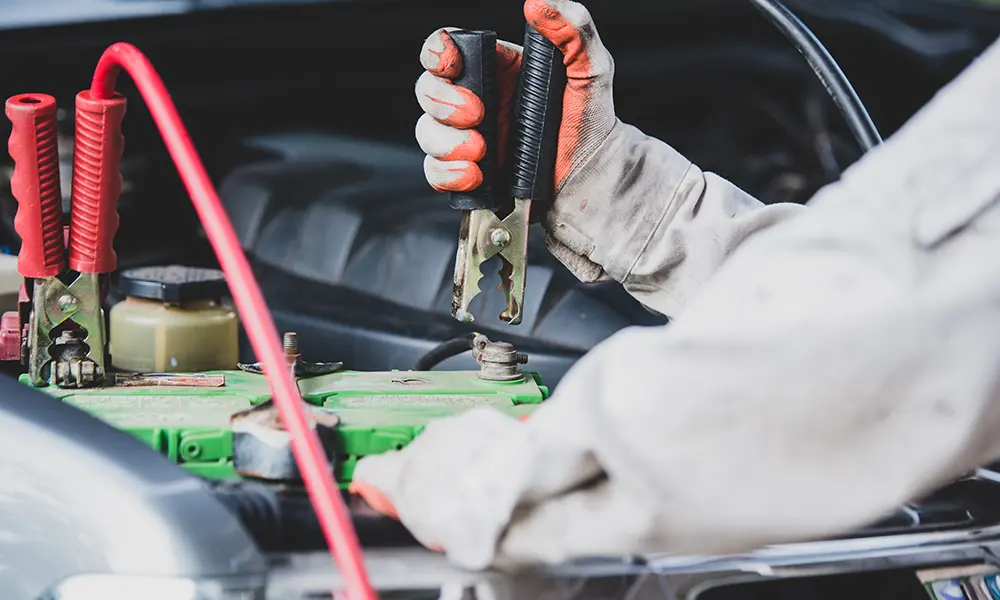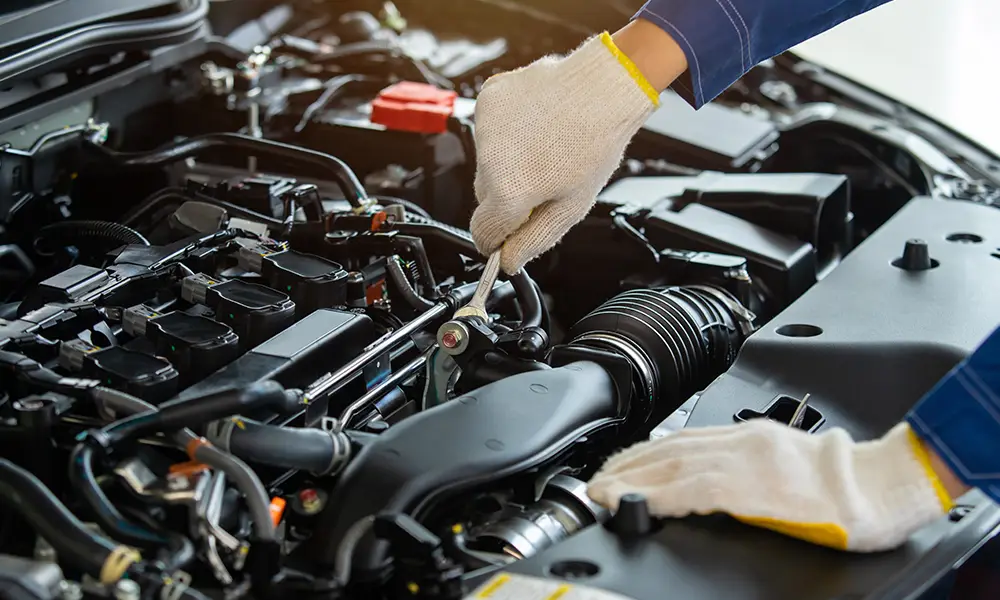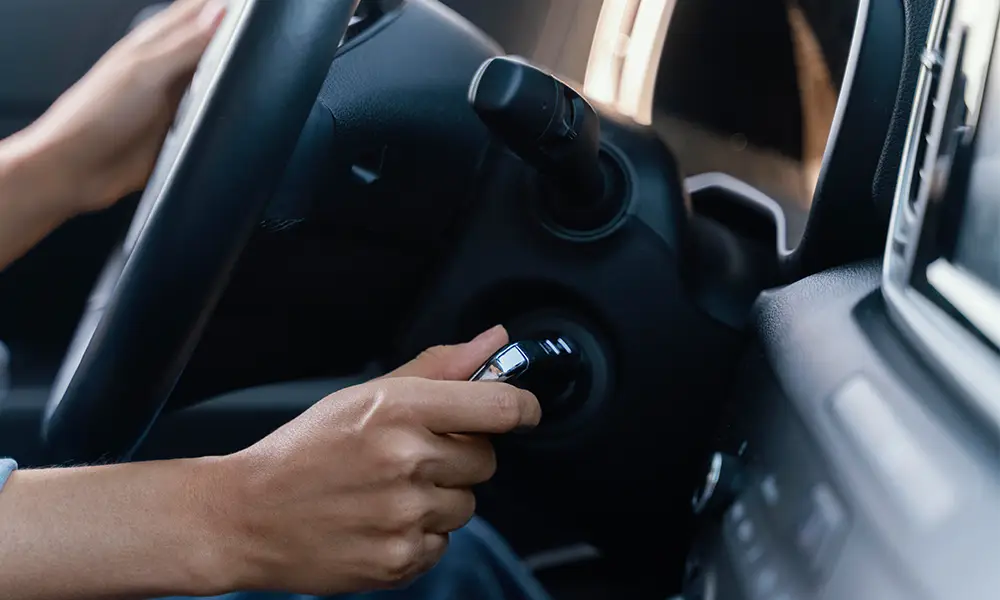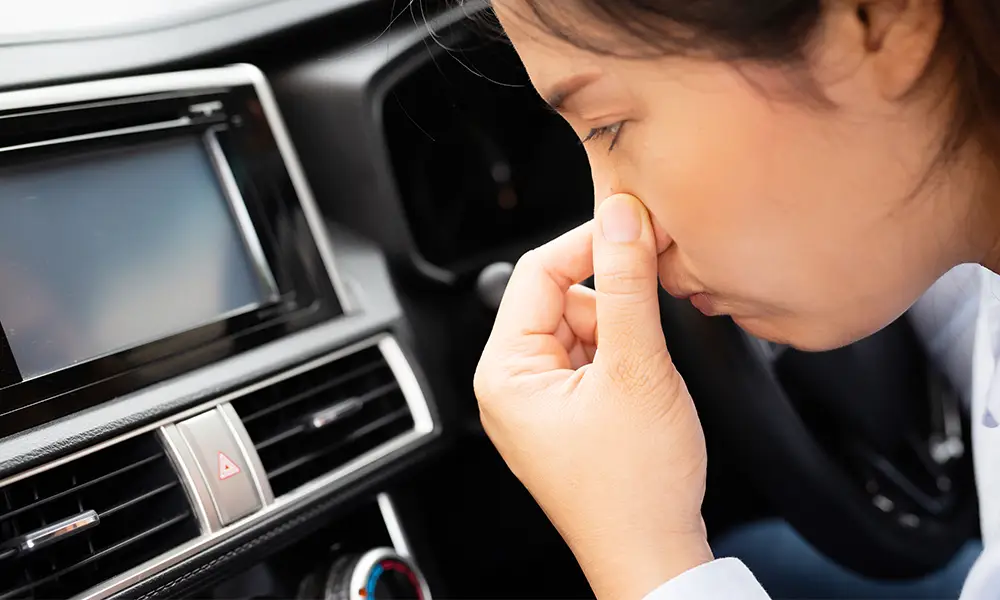You turn the key, and nothing happens; your car’s battery is dead. What now? Many drivers panic or attempt unsafe fixes that can damage their vehicle or put them in danger.
Knowing how to jump-start a car correctly can save you money, time, and stress. With just a pair of jumper cables and another vehicle, you can be back on the road in minutes.
This guide explains each step in detail, plus the mistakes you must avoid.
Why Learn How to Jump Start a Car?
Flat batteries happen at the worst times, such as school runs, work commutes, or late-night trips. If you’re unprepared, you may wait hours for roadside assistance.
Learning this skill gives you independence. It also prevents the risk of damaging your car’s sensitive electronics with incorrect connections.
Safety First: What You Need Before Jump Starting
Jump starting requires caution. You’ll need:
- A set of jumper cables: Thick, insulated cables with solid clamps are best.
- A second vehicle with a charged battery: Make sure it has a similar voltage.
- Gloves and safety glasses: Protect yourself from sparks or acid leaks.
Never attempt a jump start near open flames or in wet conditions.
Step 1: Park Safely and Prepare Both Cars
Before connecting anything, position the working car close enough for the cables to reach. Both cars should be in park or neutral, with the handbrake engaged.
Switch off the ignition and remove keys. Open both bonnets and locate the batteries.
Step 2: Connect the Red Positive Cable
Attach one red clamp to the positive (+) terminal of the dead battery. Then, connect the other red clamp to the positive terminal of the charged battery.
This step creates a safe flow of current to revive the flat battery.
Step 3: Connect the Black Negative Cable
Now attach one black clamp to the negative terminal of the good battery.
For safety, connect the other black clamp to an unpainted metal surface on the engine block of the dead car, not directly to its battery. This prevents sparks near the battery.
Step 4: Start the Working Car First
Turn on the engine of the vehicle with the charged battery. Let it run for a couple of minutes to build up a current.
This ensures enough power is flowing to boost the flat battery.
Step 5: Start the Dead Car Carefully
Try starting the car with the dead battery. If it doesn’t start immediately, wait another minute and try again.
Once it starts, keep it running for at least 15 minutes to recharge the battery.
Removing the Jumper Cables Safely
Once your car is running, remove the cables in reverse order:
- Black clamp from the grounded surface.
- Black clamp from the good battery.
- Red clamp from the good battery.
- Red clamp from the revived battery.
Avoid letting the clamps touch each other during removal.
What If the Car Still Won’t Start?
If your car refuses to start, the issue may be more than a flat battery. Problems could include:
- Faulty alternator not charging the battery.
- Corroded terminals are preventing a strong connection.
- A completely dead battery that requires replacement.
At this point, it’s best to call a mechanic for further inspection.
Common Mistakes to Avoid When Jump Starting
Jump starting seems simple, but many drivers make errors that damage vehicles:
- Reversing cable connections can fry electronics.
- Allowing clamps to touch, causing sparks.
- Attempting to jump-start a leaking or damaged battery.
Knowing what not to do is as important as following the right steps.
How Long Does It Take to Recharge a Dead Battery?
A jump start gets you moving, but your battery needs time to recharge fully. Drive for at least 30 minutes, ideally at highway speeds, to restore enough power.
If your car struggles to restart later, the battery may need replacing.
Can You Jump Start All Cars?
Most petrol and diesel vehicles can be jump-started safely. However, hybrids and electric cars often require specialised procedures.
Always check your vehicle’s manual before attempting a jump start.
Why Regular Battery Maintenance Matters
Avoiding dead batteries starts with preventive care. Inspect your battery every few months, checking for:
- Clean terminals free from corrosion.
- Tight, secure cable connections.
- A battery no older than four to five years.
Simple checks reduce the chances of being stranded.
Your Experts in How to Jump Start a Car Safely
So, how to jump-start a car in five easy steps? Connect cables carefully, start the working car, and give your dead battery a safe boost.
At Car One, we know breakdowns are stressful. Our expert mechanics in Brisbane provide reliable servicing, battery checks, and replacements to keep you on the road.
Call us on (07) 3607 0215 to Book your service, Brisbane’s trusted automotive specialists.
FAQs
1. Can I jump start a car without another vehicle?
Yes, using a portable jump starter pack instead of jumper cables.
2. How long should I leave cables connected before starting?
Wait about 1–2 minutes after starting the working car.
3. Can jump starting damage my car?
Only if cables are connected incorrectly or used on the wrong type of vehicle.
4. How do I know if my battery needs replacing?
If it won’t hold a charge after multiple jump starts, it likely needs replacement.
5. Should I call a mechanic after jump-starting?
If your battery dies again soon after, book a mechanic to check the alternator and charging system.




